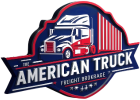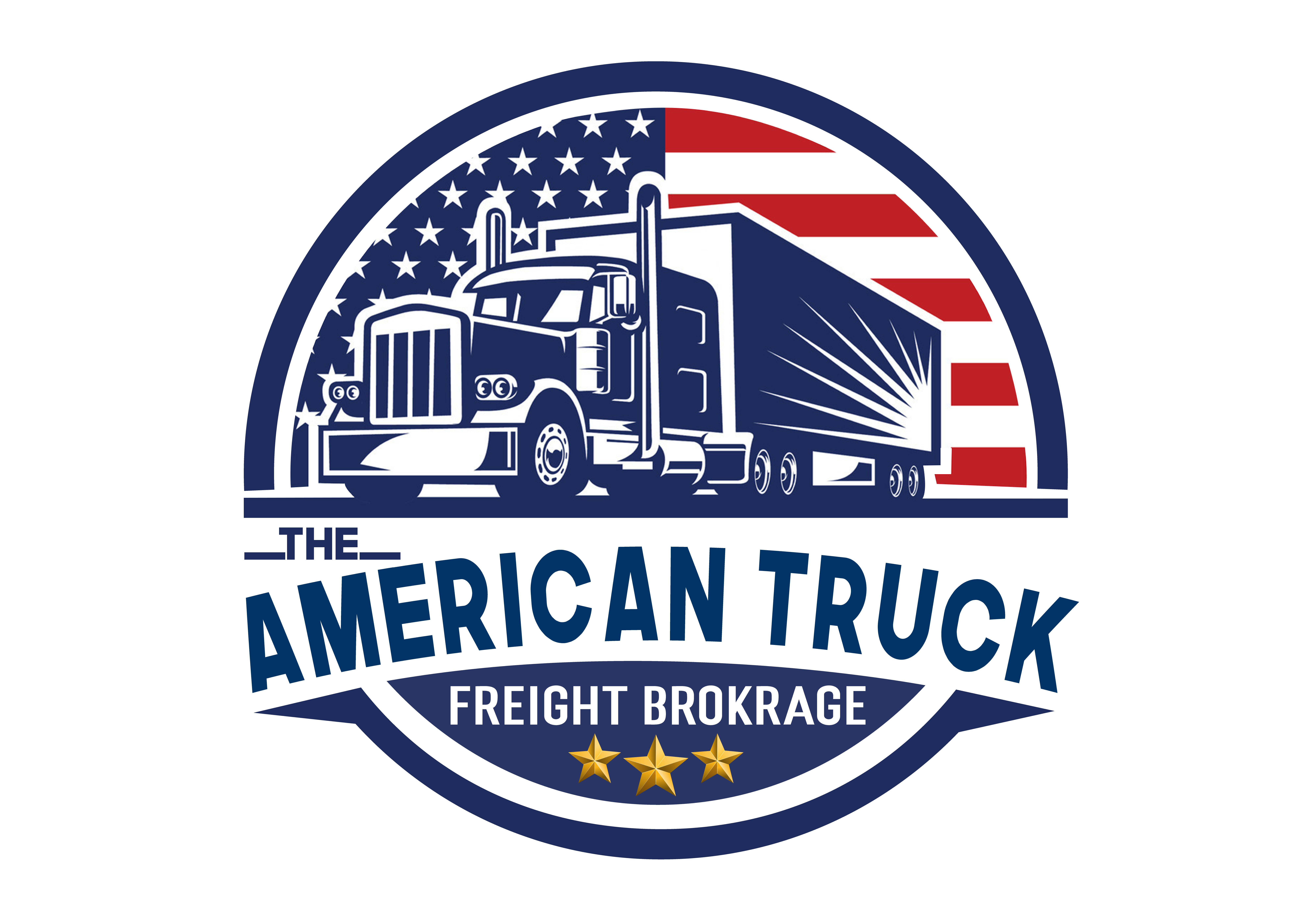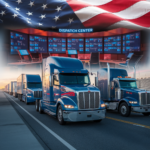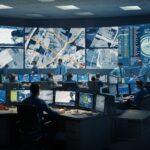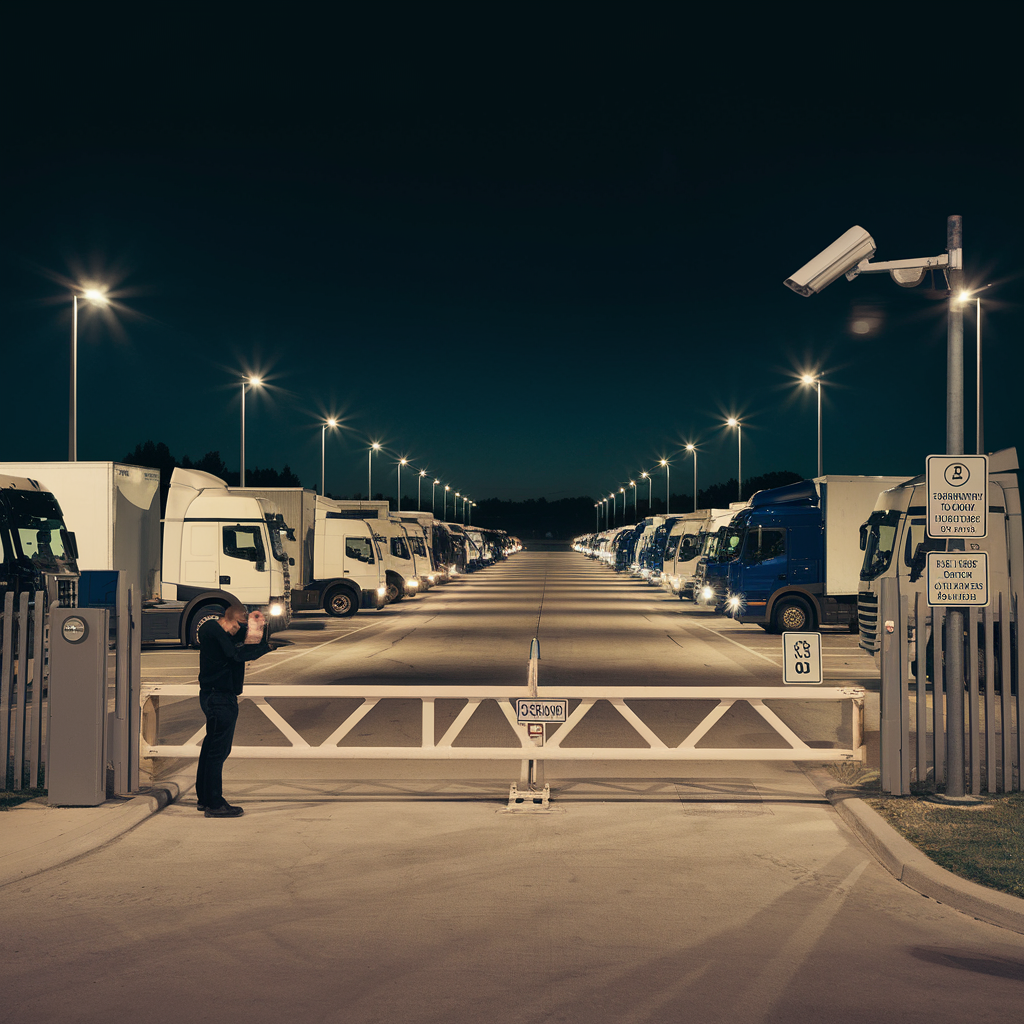
Improving Truck Stop Security
Picture this, a quiet truck stop at night, with nothing but the hum of engines and distant highway noise. Drivers need a moment to rest, recharge, maybe grab a bite. But with the rise in cargo theft and roadside crimes, securing these pit stops has become more crucial than ever. Today, let’s unpack how to make truck stops safer—not just for trucks but for the people behind the wheel.
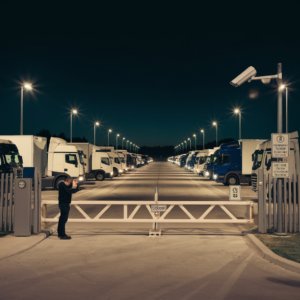
Understanding the Threat Landscape
Truck stops see a mix of people, vehicles, and loads—making them prime targets. Now, that’s not to say every stop is a hotspot for trouble, but the sheer variety of goods being transported can make them tempting to thieves. Cargo theft isn’t just bad for business; it disrupts livelihoods and puts drivers at risk. By recognizing common threats, we can start working toward solutions that don’t just add security but peace of mind.
Lighting: The First Layer of Defense
Imagine walking through a well-lit area compared to a dark alley. Light is a natural deterrent. If a truck stop is brightly lit, the chance of crime drops because there are fewer shadows to hide in. Drivers feel safer, and potential thieves think twice. Bright lighting around parking areas, entrances, and exits is a good start. It doesn’t have to look like a stadium, but enough light can mean the difference between peace of mind and vulnerability.
Surveillance Systems: Eyes Everywhere
Security cameras are everywhere now, and for a good reason. Not only do they capture footage, but they also act as a silent warning: someone’s watching. For truck stops, strategically placed cameras in parking lots, fueling stations, and entry points are a powerful deterrent. But here’s a tip—cameras only work if they’re maintained. A dusty, outdated system might as well be a paperweight. Regular upkeep means these cameras remain reliable, capturing footage that can be the difference between solving a crime or not.
Barriers and Controlled Access
Picture a bustling truck stop with no barriers. Anyone can wander in. Now picture one with clear entry and exit points, maybe even a controlled gate or checkpoint. Controlling who enters and exits creates a sense of security. Not every truck stop has to become Fort Knox, but simple barriers around sensitive areas can make life a lot harder for potential criminals.
Building a Community Around Security
There’s something to be said for good old-fashioned community. When drivers, staff, and visitors watch out for each other, security becomes a shared responsibility. Simple interactions—a nod here, a wave there—can actually foster a subtle network of mutual vigilance. And when drivers have someone looking out for them, they’re more likely to report suspicious activity, creating a safety-first atmosphere that benefits everyone.
Training and Awareness for Staff
It’s one thing to have security measures in place; it’s another to know how to use them. Staff training shouldn’t just cover customer service—it should include spotting and reporting unusual behavior, handling emergencies, and following security protocols. The more eyes on the ground, the better the defense. When truck stop employees are proactive about safety, they add an extra layer of security that makes a real difference.
Using Technology Wisely
Let’s talk tech. Security technology isn’t just for high-rise buildings or banks; it’s making its way into truck stops too. Take license plate readers, for example. They can identify vehicles coming and going, adding an extra check that helps spot repeat offenders or banned individuals. Then there are apps that notify drivers of safe and unsafe areas, allowing them to plan stops more strategically. Staying up-to-date on these tools and using them well is another piece of the puzzle in creating safer stops.
Supporting Drivers on the Road
Beyond equipment and tech, drivers need resources for personal safety. Think of self-defense classes or safety workshops. Imagine knowing how to handle an emergency situation while waiting at a truck stop. It’s practical, empowering, and might just make all the difference in a tough situation. After all, a well-prepared driver isn’t just safer—they’re more confident too.
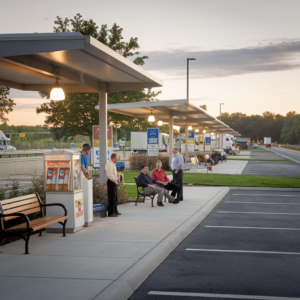
A Safety Checklist for Drivers
If you’re a driver reading this, here are a few quick tips: park in well-lit areas, lock your doors, and stay alert. Make it a habit to check your surroundings when you stop, and don’t hesitate to move if something doesn’t feel right. A little vigilance can go a long way in keeping both you and your load secure.
For further details, visit The American Truck Inc.
To schedule appointments, contact us for a complimentary consultancy session.
